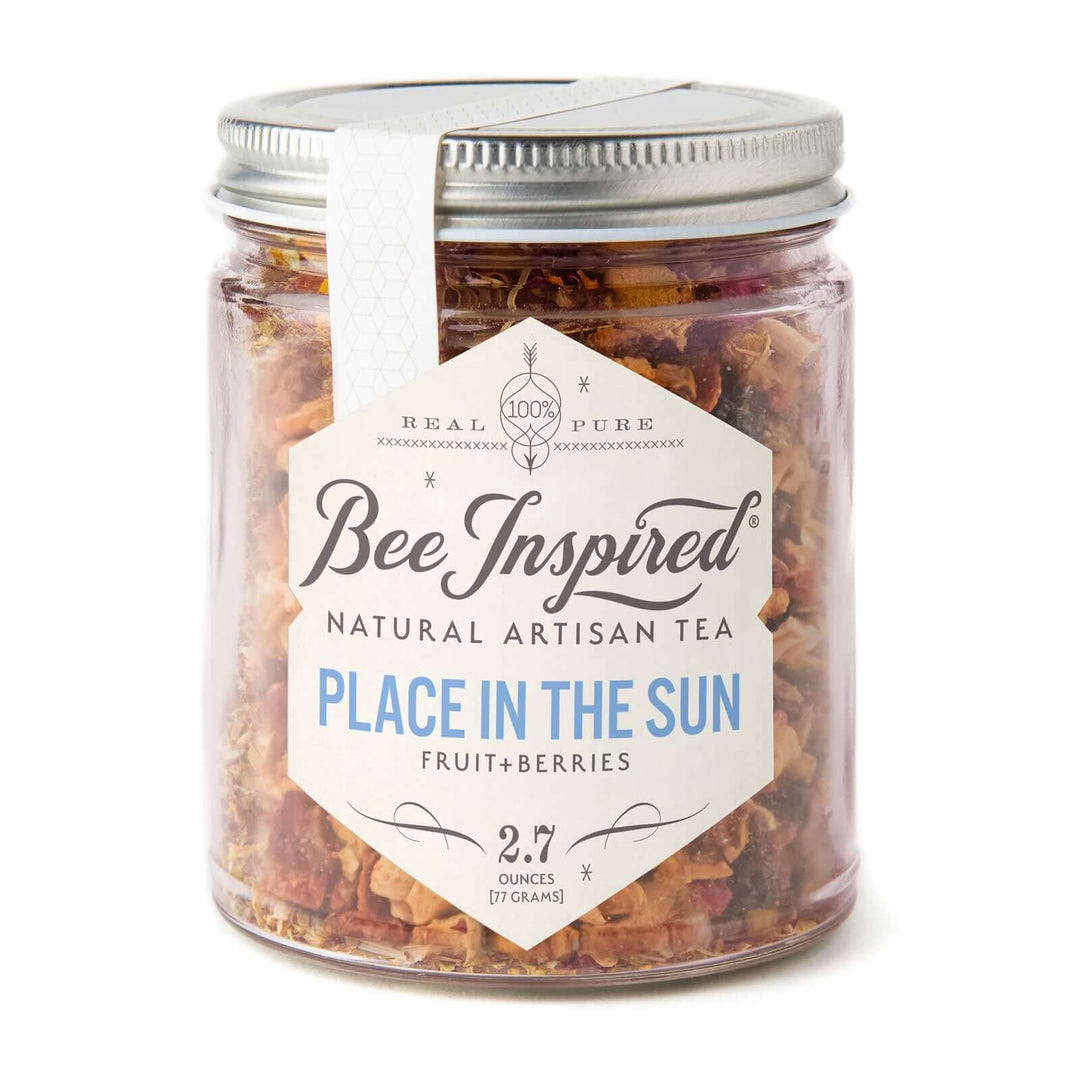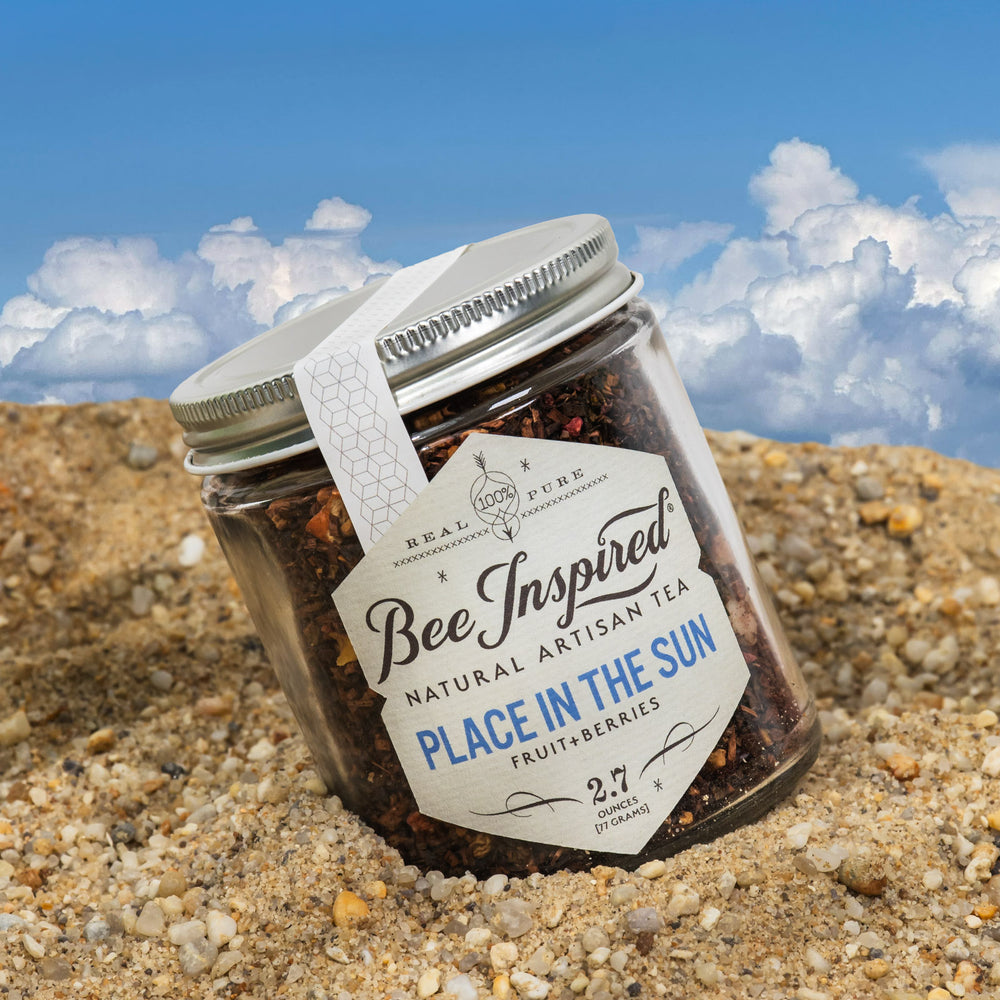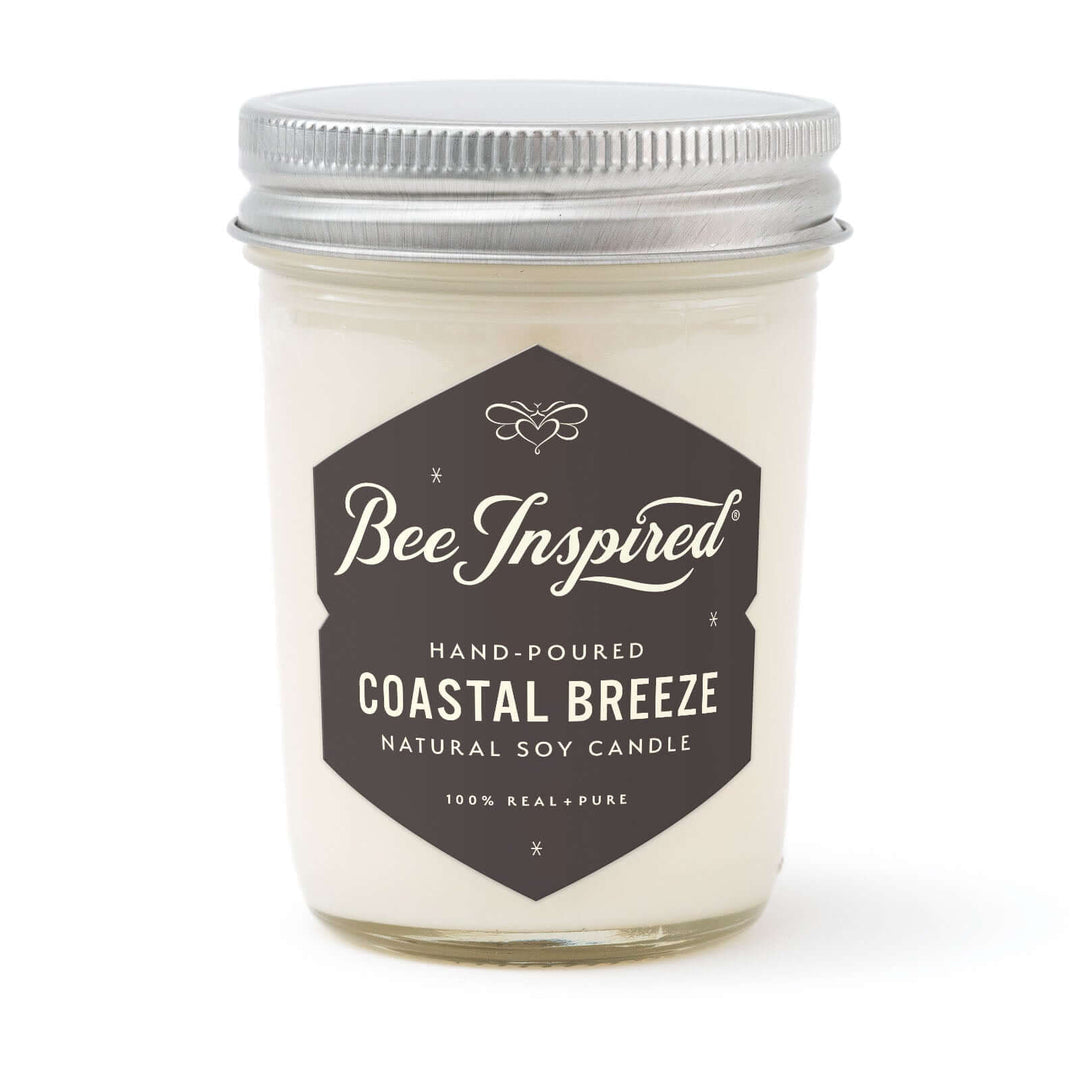The term Edible flowers conjures pictures in my mind of cows and deer in the field, chewing. I may be dating myself here, but when I was a kid, a new cereal called grape nuts were introduced to us by a gentleman named Euell Gibbons. Gibbons was the first plant-based diet guy. He was an authority on plant-based eating and became famous for asking, “did you ever eat a pine tree.” Euell Gibbons made history as the first mainstream sustainable plant-based diet guy.
I BEGGED for this cereal at a super-young age and was warned that this cereal would not be to my liking. I insisted with the persuasion that could not be resisted, and sure enough, after the first few bites of what tasted like cardboard, my yerning was over.
It didn’t take long for parodies to start popping up. Since then, we’ve fine-tuned our knowledge that whole foods are the best way to get nutrition from plants. The closer to nature, the better food is for health. One of the best ways to enjoy fruits and vegetables is straight from the vine, but did you know that you can eat (many) flowers right from the plant?

If you love sustainable, organic, natural ingredients, you MUST try our Plastic-Free Honey Lip Balm! Take care of the environment while you take care of your lips
I promise I am not going to ask if you’ve ever eaten a pine tree
Flowers on dishes as a garnish add a pop of color, especially for dull-looking dishes. However, did you know that these flowers play another vital role in these dishes, being that they’re entirely edible? Yes, gorgeous flowers such as marigolds, calendula, borage, bee balm, and daylily are also safe to be eaten.
You’ll also find that different edible flowers provide different flavors and aromas, making experimenting with them even more tempting. This guide will talk about some of the most important factors to consider when using edible flowers in your cooking.

If you're nervous about trying flowers, try our Tupelo Honey with or without edible flowers! The velvety, fruity taste is amazing paired with flowers or on its own.
Tip #1: Beware of allergies
If you are prone to allergies, it is necessary to slowly introduce edible flowers into your diet - preferably one by one. This way, you’ll be able to note any adverse or unusual reactions when consuming the flower and avoid using it in your diet if it’s giving you an allergic reaction of any kind. Be extra careful with composite-type flowers, including calendula, daisy, marigold, and chicory, as they’re some of the most common allergy triggers among flowers in general. If you’re already aware that you’re allergic to a particular flower or its pollen, you should still not include it in your meals.
Tip #2: Use a small amount
While edible flowers are 100% safe for consumption, we wouldn’t recommend adding a bunch of them right away, especially if you’re introducing them into your diet. It is common for a more significant amount of some edible flowers to upset the stomach, especially if you’re not used to them and you have a sensitive stomach, to begin with. That being said, remember that a little bit goes a long way. With most edible flowers, you don’t need a huge amount at all. Even a couple of edible flowers will add vibrance and color to your dish while releasing their herbal, vegetal aroma and unique flavors.
Tip #3: Double-check if the flower is edible
With so many options of edible flowers, you may accidentally include a flower that is not edible. Luckily, you can always check whether a particular flower is edible online. It is also not recommended to use flowers that aren’t edible, even as a garnish on a plate, as people may assume they’re okay to eat since they’re served with their food.
Tip #4: Distinguish between edible flowers to cook with and to garnish
When it comes to distinguishing between these two groups of edible flowers, we’d say it is a process of trial and error. It takes some time and experimenting to find out what you like in your cooking on the one hand and what flowers you’d instead use for garnish and a little bit of added aroma in your cooked dish on the other hand. For instance, we find that lavender is an excellent choice for cooking, especially baking. Lavender doesn’t have dominant licorice or tart flavor that could ruin your dish - as long as you remember to use a small amount.
It will elevate your sweet dishes, including shortbreads, biscuits, and mousses, adding a fresh, herbal, floral flavor and aroma. However, adding too much can develop a somewhat off-putting, soapy flavor, valid for many edible flowers.
Rose petals are often used in Middle Eastern specialties in fresh and dried forms. Keep in mind that fresh edible flowers will always provide a more robust, concentrated aroma.
Tip #5: Enrich ingredients with flower aroma
If you find it hard to determine the right amount of edible flowers you should use in your desserts, we have a convenient solution for you - especially if the edible flowers in question are dried.
If you’d like the flavor and aroma of the flower to stand out, you can blend the dried flower with sugar, creating your flavor-infused sugar. You can do this with lavender, rose, and rosemary.
Another convenient yet highly effective method of blending your edible sugar with other ingredients is simply steeping the entire flower into your liquid, sauce, or filling of choice.
You can add the flower while you’re still cooking the dish, then let it sit at room temperature to allow the flower to release all its natural oils fully.
An advantage of this method over the first one is that the edible flowers aren’t blended into the ingredient. You can easily remove them after you’re satisfied with the intensity of flavor and aroma.

Our Bamboo Honey would taste delicious with edible flowers in baked goods and desserts!
Tip #6: Make flower-infused ice cubes
Adding bits of edible flowers into the ice trays, then filling them up with water to get flower-infused ice cubes must be the most esthetically pleasing, easy way of implementing edible flowers into your beverages. These homemade flower-infused ice cubes will also accentuate the flavors of your favorite mocktail, cocktail, or refreshing lemonade on a hot summer day - not to mention how “instagrammable” they are!
Neutral-flavored edible flower options are something you can easily substitute with mint in your beverages (especially mojitos) if you’re craving something more herbal and licorice.
Tip #7: Distinguish between strong-flavored and mild edible flowers
Depending on the flavor profile you’re going for, as well as your personal preferences, some flowers may be too intense and dominant for your taste. On the other hand, many of the neutral edible flowers won’t cut for those of you who appreciate a strong aroma.
If you’re feeling bold and think that your dish or beverage could benefit from a strong-flavored flower, go with chicory blossoms, daylilies, chamomile, roses, dandelions, and elderflowers. In addition to their characteristic, pronounced flavor, and aroma, these flowers are also visually appealing and ideal for garnishing your plate or glass.
On the more neutral side, we have options such as daisies, lilacs, cornflower (bachelor buttons), violets, and borage. While their flavor may be considered neutral, there is nothing neutral about their appearance, as they’re equally as dazzling and eye-catching as the “bold” category!











